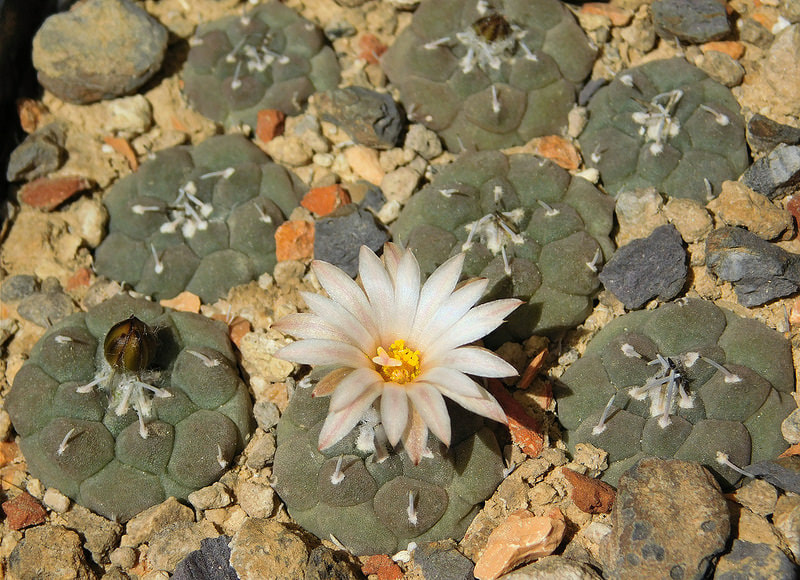The Space within the Trinity: All Beings Included
from a homily by Teri Daily
on Good Friday, March 31, 2013
|
I have a friend who thinks that the Trinity looks like the woman in the image above: a woman who embraces the whole of the earth. Or, to be more precise, she thinks that the feelings evoked by the image are examples of what it means to live within the Trinity. As she sees things, the woman's heart carries a spaciousness, an openness, a wideness, that includes all things. It is the space within the Trinity. I ask her about this space and she quotes the pediatrician turned priest, Teri Daily. "There is a space within the Trinity so vast that it holds all the suffering of the world, all our pain, all of who we are." My friend agrees with Teri Daily. She, too, finds God in the open space. On Sunday I go to church with my friend. Reverend Daily prays "in the name of the Father and the Son and the Holy Spirit." When my friend hears these words, she does not picture three men dancing in a circle within the godhead. She quietly whispers to herself: "in the name of the Mother and the Daughter and the divine Breathing." My friend is interested in a post-patriarchal understanding of the Trinity: that is, in a way of thinking about it that moves beyond the patriarchal mindset which approaches everything in terms of binaries: order over novelty, predictability over surprise, control over mutuality, reason over feeling, agency over receptivity, humans over earth, men over women, unity over diversity, spirit over flesh. She knows that many aspects of trinitarian thinking are helpful in moving past these binaries. We can well imagine "the Father" being surprised by "the Son" and "the Holy Spirit" surprising both of them. But she also feels that the imagery itself has become too static, too predictable, too routine, thus stifling the spirit behind the imagery. That's why she sometimes whispers alternatives. including Mother and Daughter and Breathing. She thinks the freedom to explore comes from spirit itself. "The Spirit is all about freedom of speech." A friend criticizes her, worrying that she is not honoring Jesus enough. She knows that Jesus was a male and she thinks that's kind of good. "He invites men into post-patriarchal forms of masculinity, where vulnerability replaces control." But she also feels that the essence of Jesus was his open heart not his gender. For her his heart can be described on the analogy of a daughter's love as well as a son's love. And she knows that God is not male either. She says that the words are chants and that there is no need to imagine the Trinity in exclusively male terms. "I'm a good translator," she says.. |
|





















